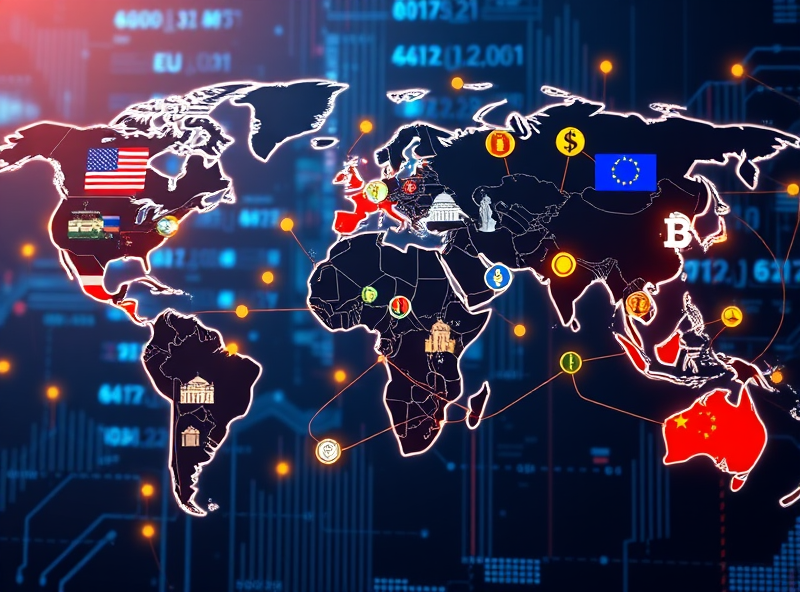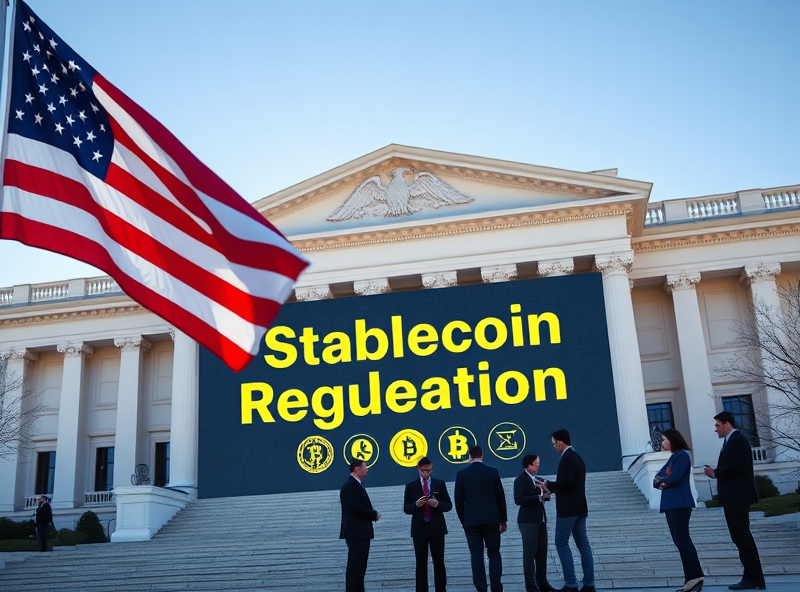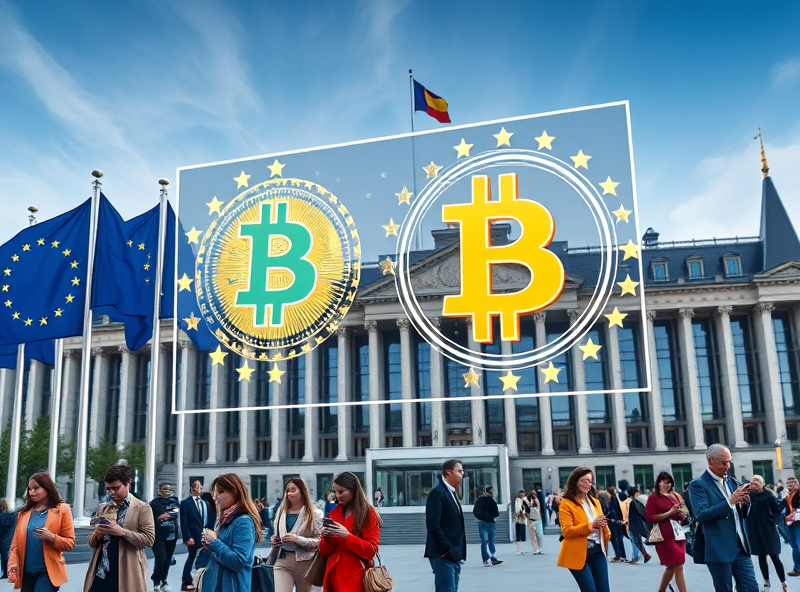
Global Stablecoin Regulation: What You Need to Know in 2025
Key Global Trends in Stablecoin Regulations

As we step into 2025, stablecoin regulations are becoming a central focus for governments and financial institutions around the world. These digital assets, designed to maintain a stable value by being pegged to traditional currencies like the US dollar or euro, are now being recognized for their potential to reshape the global financial system. However, with great potential comes the need for responsible oversight.
One of the key global trends is the move toward harmonized regulatory frameworks. Countries are increasingly collaborating through international bodies like the Financial Stability Board (FSB) and the International Monetary Fund (IMF) to create consistent rules that ensure transparency, consumer protection, and financial stability. This means that if you’re a business or investor using stablecoins, you can expect clearer guidelines and fewer legal grey areas across borders.
Another important trend is the requirement for stablecoin issuers to hold high-quality reserves and undergo regular audits. This helps build trust and reduces the risk of a collapse similar to what we’ve seen with some unregulated crypto projects in the past. For users, this translates into safer and more reliable digital assets.
Additionally, central banks are increasingly exploring the integration of stablecoins with Central Bank Digital Currencies (CBDCs). This could lead to more seamless cross-border payments and financial inclusion, especially in underbanked regions.
For everyday users and businesses, staying informed about these trends means being better prepared for the future of digital finance. Whether you’re a fintech entrepreneur, investor, or simply curious about crypto, understanding the evolving regulatory landscape will help you make smarter, safer decisions.
How the U.S. Is Shaping Stablecoin Policy

As we move into 2025, the United States is playing a pivotal role in shaping the global landscape of stablecoin regulation. If you’re involved in crypto or simply curious about how digital currencies are evolving, it’s important to understand how U.S. policy decisions are influencing the future of stablecoins.
The U.S. government, through agencies like the Treasury Department and the Federal Reserve, has been actively working on comprehensive legislation to regulate stablecoins. The primary goal is to ensure consumer protection, financial stability, and prevent illicit activities such as money laundering. This includes proposals to require stablecoin issuers to be federally insured depository institutions, similar to banks.
One of the most significant developments is the push for stablecoin transparency. Issuers may soon be required to disclose their reserve assets in real-time and undergo regular audits. This is great news for consumers, as it helps build trust and ensures that each stablecoin is truly backed by real-world assets.
Additionally, the U.S. is collaborating with international bodies like the Financial Stability Board (FSB) and the International Monetary Fund (IMF) to align global standards. This international cooperation is crucial, as stablecoins often operate across borders and need consistent rules to function safely and efficiently.
For everyday users and investors, these regulations mean more secure and reliable digital assets. It also signals a maturing market where innovation can thrive under clear and fair rules. If you’re using or planning to use stablecoins, staying informed about U.S. policy developments can help you make smarter financial decisions and stay ahead in the evolving digital economy.
Singapore’s Stablecoin Leadership Approach

As the world moves toward clearer regulations for stablecoins in 2025, Singapore has emerged as a shining example of how thoughtful policy can foster innovation while protecting consumers. The Monetary Authority of Singapore (MAS) has taken a proactive and transparent approach, positioning the country as a global hub for digital asset development.
In August 2023, MAS introduced a comprehensive regulatory framework for stablecoins that focuses on three key pillars: value stability, capital adequacy, and redemption rights. This means that any stablecoin regulated in Singapore must be fully backed by high-quality reserves, issuers must maintain sufficient capital to reduce insolvency risks, and users must be able to redeem their stablecoins at par value easily.
Why does this matter to you? If you’re a crypto investor, developer, or business owner, Singapore’s approach provides a model of trust and clarity. It creates a safe environment for innovation while ensuring that users are protected from volatility and fraud. For global businesses, this framework also makes Singapore an attractive destination to launch or expand digital asset services.
Singapore’s leadership shows that with the right balance of regulation and innovation, stablecoins can become a reliable part of the global financial system. As other countries look to regulate stablecoins, many are taking cues from Singapore’s clear, forward-thinking strategy.
In short, Singapore is not just regulating stablecoins — it’s setting the standard.
MiCA and the EU’s Unified Crypto Strategy

As we step into 2025, one of the most important developments in the world of stablecoin regulation is the European Union’s Markets in Crypto-Assets (MiCA) regulation. Designed to create a harmonized legal framework across all EU member states, MiCA aims to bring clarity, consumer protection, and innovation to the rapidly evolving crypto space.
So, what does this mean for you? If you’re a crypto investor, developer, or business owner operating in the EU—or planning to—it’s time to pay attention. MiCA introduces clear rules for stablecoin issuers, including reserve requirements, transparency obligations, and governance standards. This helps reduce risks and builds trust in digital assets, making the ecosystem safer for everyone.
One of the most promising aspects of MiCA is its potential to serve as a global model. By establishing a unified strategy, the EU is setting a precedent that other countries may follow, which could lead to more consistent international regulations. This is great news for cross-border transactions and global crypto adoption.
Whether you’re just curious about stablecoins or deeply involved in the crypto world, understanding MiCA is a smart move. It’s not just about compliance—it’s about being part of a more secure and innovative financial future.
답글 남기기